What’s the Difference Between a Skillet and a Frying Pan?
Primal Edge Health participates in the Amazon Services LLC Associates Program and other affiliate programs and therefore, may collect a share of sales or other compensation from the links on this page. This comes at no additional cost to you, and all the prices and availability are accurate at the time of publishing.
What’s the difference between a skillet and a frying pan? A lot of us use these terms interchangeably, but do they really mean the same thing?
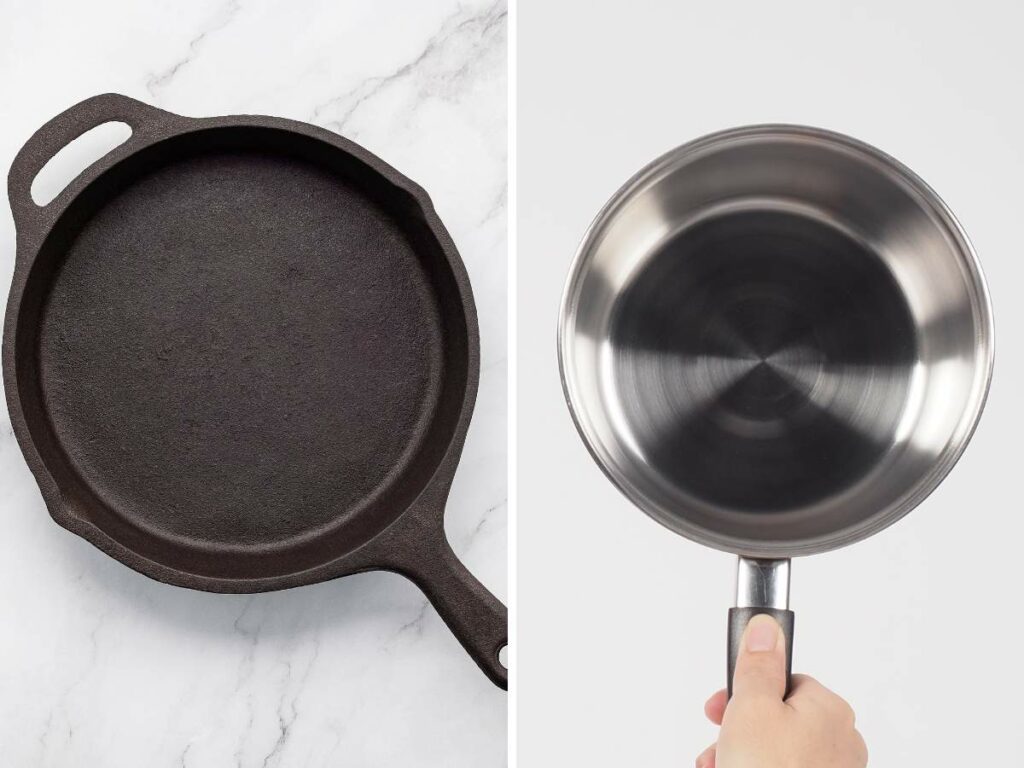
Let’s dig a bit deeper into the terminology, the similarities and differences (if there are any), and how to choose the best cookware regardless of its type.
Table of Contents (click to view)
Are Skillets and Frying Pans the Same?
In the culinary world, the terms “skillet” and “frying pan” are often used interchangeably, leading to some confusion about whether they are indeed different. To clarify, there is no significant difference between frying pans and skillets. The distinction lies primarily in regional terminology rather than in the design or function of the cookware.
In the Southern United States, the term “skillet” is more commonly used and historically referred to cast iron skillets, according to The Columbus Dispatch. Over time, the term expanded to encompass the entire category of pans with a similar shape. Meanwhile, “frying pan” is a term more broadly used in other regions.
Regardless of the name, frying pans and skillets share the same fundamental features: flat bottoms and cooking surfaces, flared sides, shallow depth, and long handles. These design elements make them ideal for a variety of cooking techniques, including:
- Shallow frying: The flared sides and shallow depth make it easy to fry foods with a small amount of oil.
- Flipping food: The flat bottom and flared sides facilitate easy flipping of pancakes, omelets, and other foods.
- Stirring: The shallow depth allows for easy stirring and tossing of ingredients.
- High-heat searing: The sturdy construction of skillets and frying pans makes them perfect for searing meats at high temperatures.
- Grilling meat: The wide, flat surface is ideal for grilling and browning meats. These pans also make a great alternative for grilling burgers and steaks on the stove if you don’t have an outdoor grill.
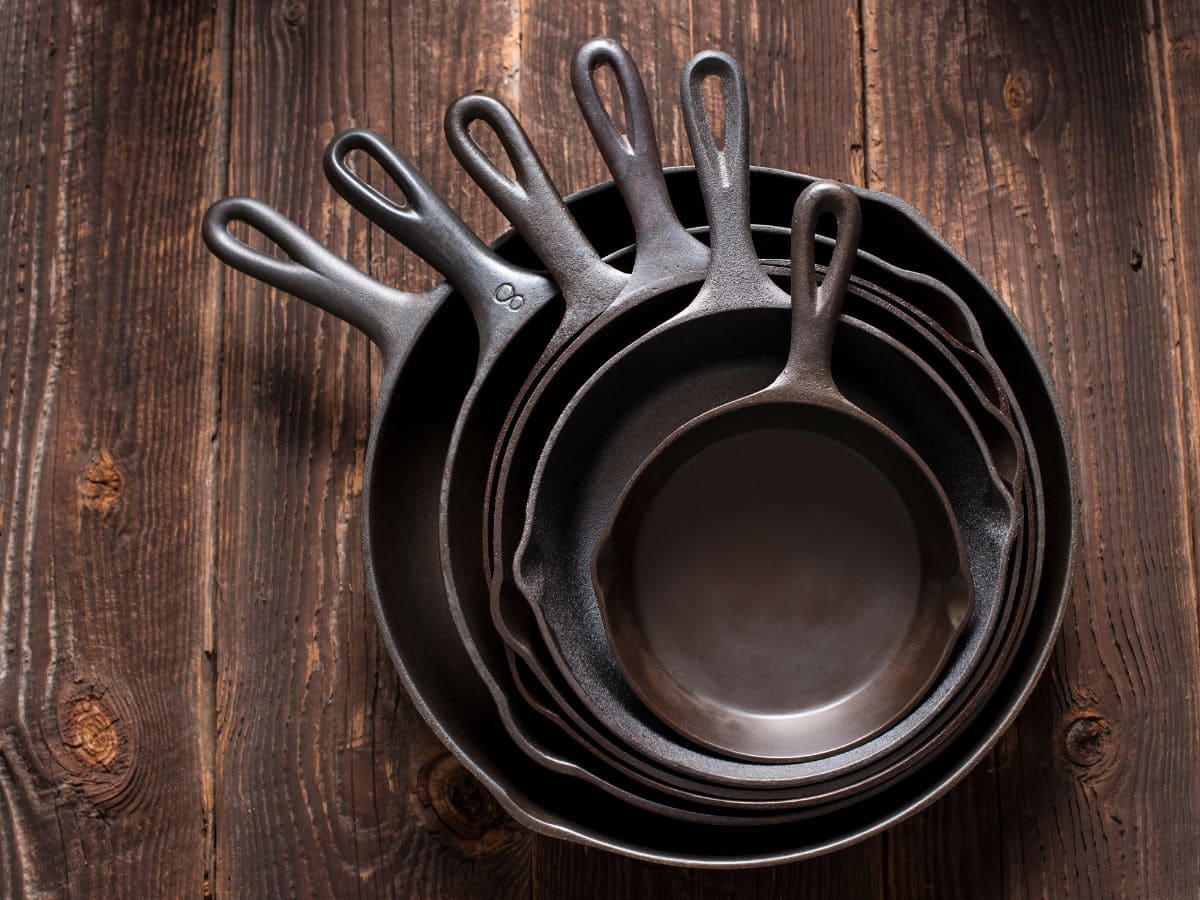
Skillet and Frying Pan Materials
Now that we’re clear that skillets and frying pans are the same, let’s talk about something more important: what these vessels are made of. The material of your skillet or frying pan significantly impacts its performance, durability, and suitability for various cooking tasks.
So, which one should you choose? Let’s dive into the unique qualities and benefits of the most common materials used in these essential kitchen tools:
Cast Iron
Cast iron skillets are known for their incredible heat retention and even heat distribution. Perfect for tasks that require consistent heat over a long period, such as slow-cooking stews or achieving the perfect sear on a steak, cast iron is undoubtedly a favorite.
Over time, these skillets develop a natural non-stick surface through seasoning—a process where the pan is coated with a thin layer of oil and heated. Cast iron seasoning creates a smooth, slick surface that only improves with age. Plus, cast iron pans are oven-safe, so you can use them to reverse sear a steak or even bake brownies.
The only downside? Cast iron is hefty and requires regular maintenance to prevent rust and maintain its seasoning, but many cooks find its benefits well worth the effort. Plus, you wouldn’t want to ruin your cast iron by cleaning it the wrong way, which means you have to learn how to clean cast iron properly.
Stainless Steel
Stainless steel is a popular material for non-toxic cooking utensils and cookware alike. For one, stainless steel frying pans are celebrated for their durability and resistance to rust and staining.
Typically featuring an aluminum or copper core, these pans offer superior heat conduction to ensure even cooking across the entire surface, says the Food Network. Some very high-quality steel pans can even last a lifetime.
Stainless steel is non-reactive, which makes it ideal for cooking acidic foods without altering their flavors. It’s perfect for deglazing, creating rich pan sauces, and achieving that perfect golden-brown crust on meats. Plus, stainless steel is easy to clean and often dishwasher safe. Just remember, stainless steel doesn’t have non-stick properties, so using a bit of oil, butter, or beef tallow when cooking is essential to prevent sticking.
Carbon Steel
Carbon steel pans combine the best qualities of cast iron and stainless steel. They heat up quickly like stainless steel but retain heat exceptionally well, like cast iron.
According to America’s Test Kitchen, carbon steel pans are a favorite among professional chefs and other cooking professionals because they are lighter and easy to maneuver. They’re perfect for a range of cooking techniques, from searing and sautéing to stir-frying. You can even use lightweight carbon steel pans to replace sheet pans in baking if you’re, say, halving a recipe.
Like cast iron, carbon steel pans develop a natural non-stick patina with use, which improves their performance over time. These pans do require regular seasoning and care, but their versatility and ease of handling make them a fantastic addition to any kitchen.
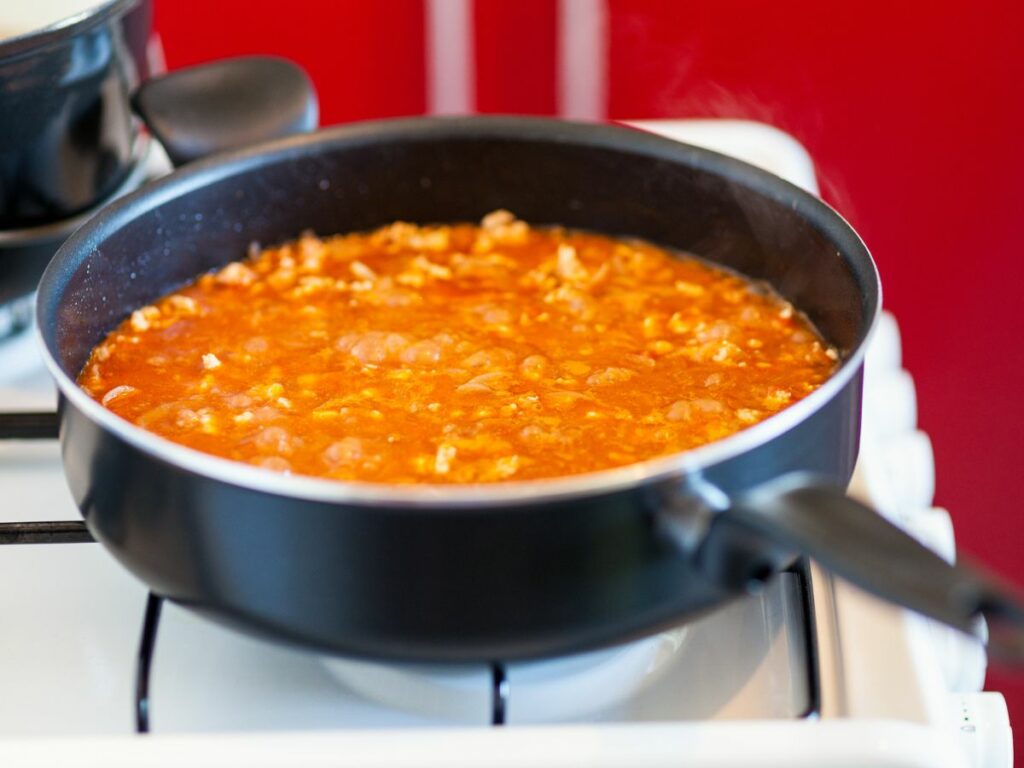
What is a Sauté Pan?
Now, here’s something that’s easy to confuse with a skillet or frying pan but is significantly different: the sauté pan. Let’s talk about the differences.
Unlike skillets and frying pans, which have sloped sides, saute pans feature straight, tall vertical sides and a wide base. This design provides a larger cooking surface and better containment of liquids and food, which is why it’s so versatile.
The flat cooking surface offers ample space for browning and searing meats, while the straight sides prevent spills when stirring, which helps keep your stovetop clean. Many sauté pans come with a matching lid, ideal for simmering, braising, and covered cooking.
Plus, they typically have a long single handle for easy maneuvering and a helper handle for added support when lifting. Note that saute pans in various sizes will also have different handle lengths.
Sauté pans excel in sautéing vegetables and meat for even cooking. They are also great for braising and simmering, thanks to their depth and curved edges, which accommodate liquids without overflow. The flat bottom is perfect for deglazing, lifting flavorful browned bits to create rich sauces, especially if you have a large surface area to work with. Additionally, they can be used for shallow frying, adding to their versatility.
Like many cooking enthusiasts, saute pans are my favorite for one-pan meals like creamy chicken breasts or easy cheeseburger pie. It’s also a great option for common applications like cooking eggs and pan-searing chicken breast because it’s so versatile.
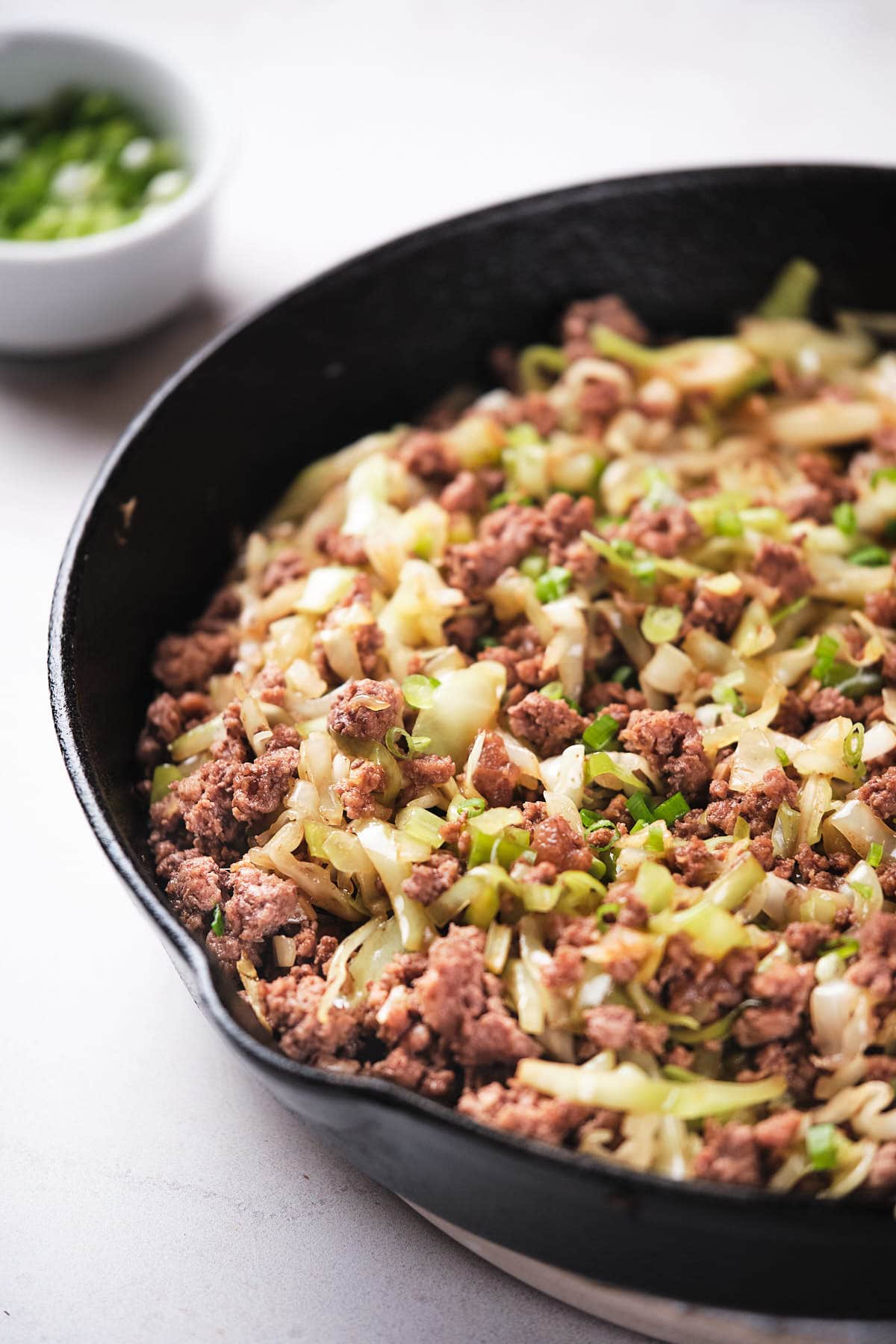
Why Choose Non-Toxic Cookware?
Whatever type of cooking vessel you choose, the most important thing to consider is the material it’s made of. Many conventional non-stick fry pans, particularly those coated with Teflon, can release harmful chemicals when overheated.
The Agency for Toxic Substances and Disease Registry says that these chemicals, such as perfluorooctanoic acid (PFOA), have been linked to various health issues, including cancer and thyroid problems.
Non-toxic cookware options, such as ceramic-coated pots and pans, stainless steel, and properly seasoned cast iron, offer safe alternatives without compromising on performance. For example, ceramic coatings are free from PTFE and PFOA. Plus, stainless steel and cast iron are inert materials that do not react with acidic or alkaline foods so that no unwanted substances are introduced into your meals.
Another reason why non-toxic cookware is a better choice is because it lasts a long time. Non-toxic cookware like stainless steel and cast iron is known for its excellent heat retention and cooking food evenly. These materials can withstand high temperatures and are suitable for a wide range of cooking techniques. Trust me, I’ve used my cast iron for years and it’s still in great condition today.
On a similar note, it’s important to choose non-toxic cooking utensils as well. As a general rule, I avoid plastics and opt for food-safe silicon, stainless steel, and high-quality wood instead.
This is because plastic can leach harmful chemicals into food, according to Consumer Reports, especially in high temperatures. For example, if you leave a plastic spatula in your food for too long, the chemicals therein can end up in your food and, ultimately, your body.
Conclusion
In the skillet vs. frying pan debate, the truth is simple: they’re essentially the same. Both feature flat bottoms, flared sides, shallow depths, and long handles, making them perfect for frying, searing, and sautéing.
The real choice comes down to materials. Opting for non-toxic cookware like ceramic-coated, stainless steel, or seasoned cast iron is crucial for a healthier kitchen. These options eliminate harmful chemicals, offer sustainability, and deliver top-notch performance and durability.
So, what type of pan are you going with? Share your thoughts in the comments below!


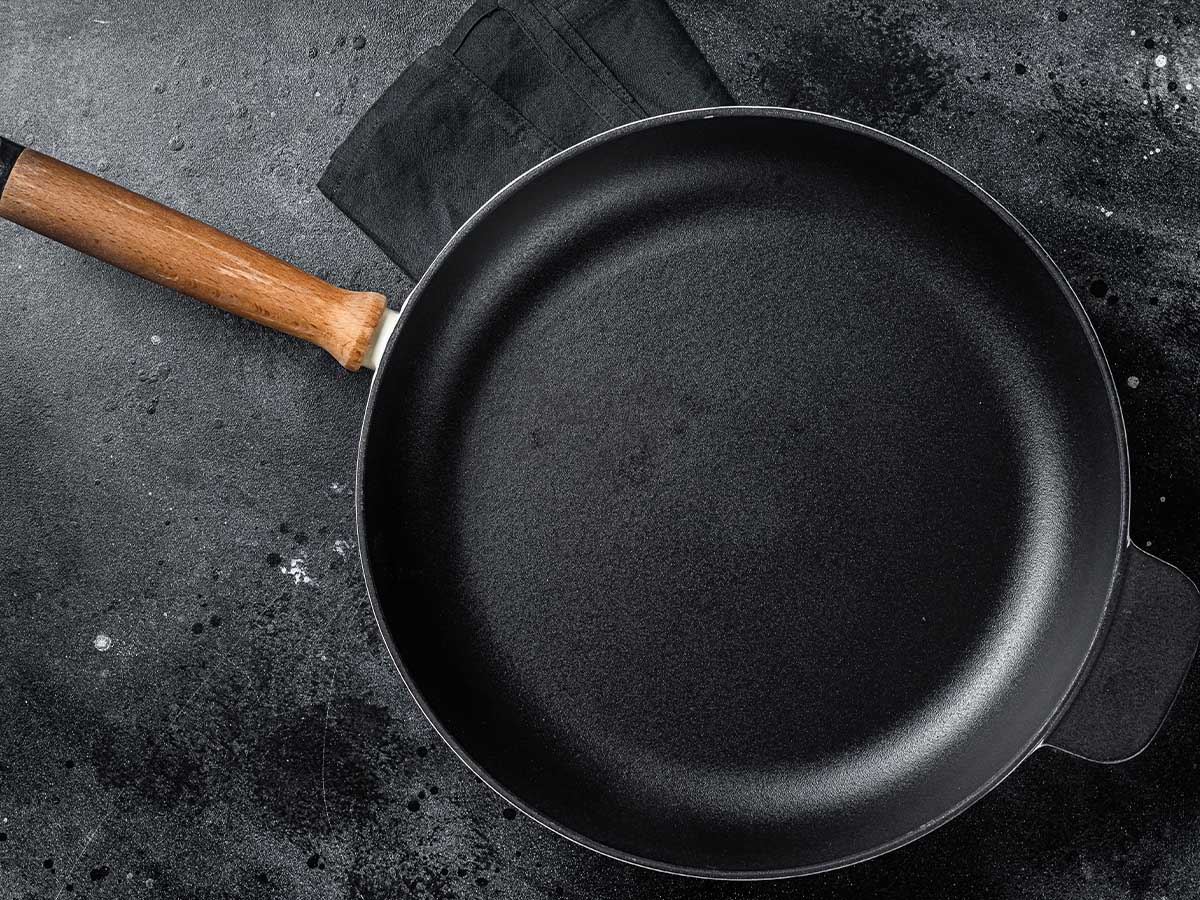
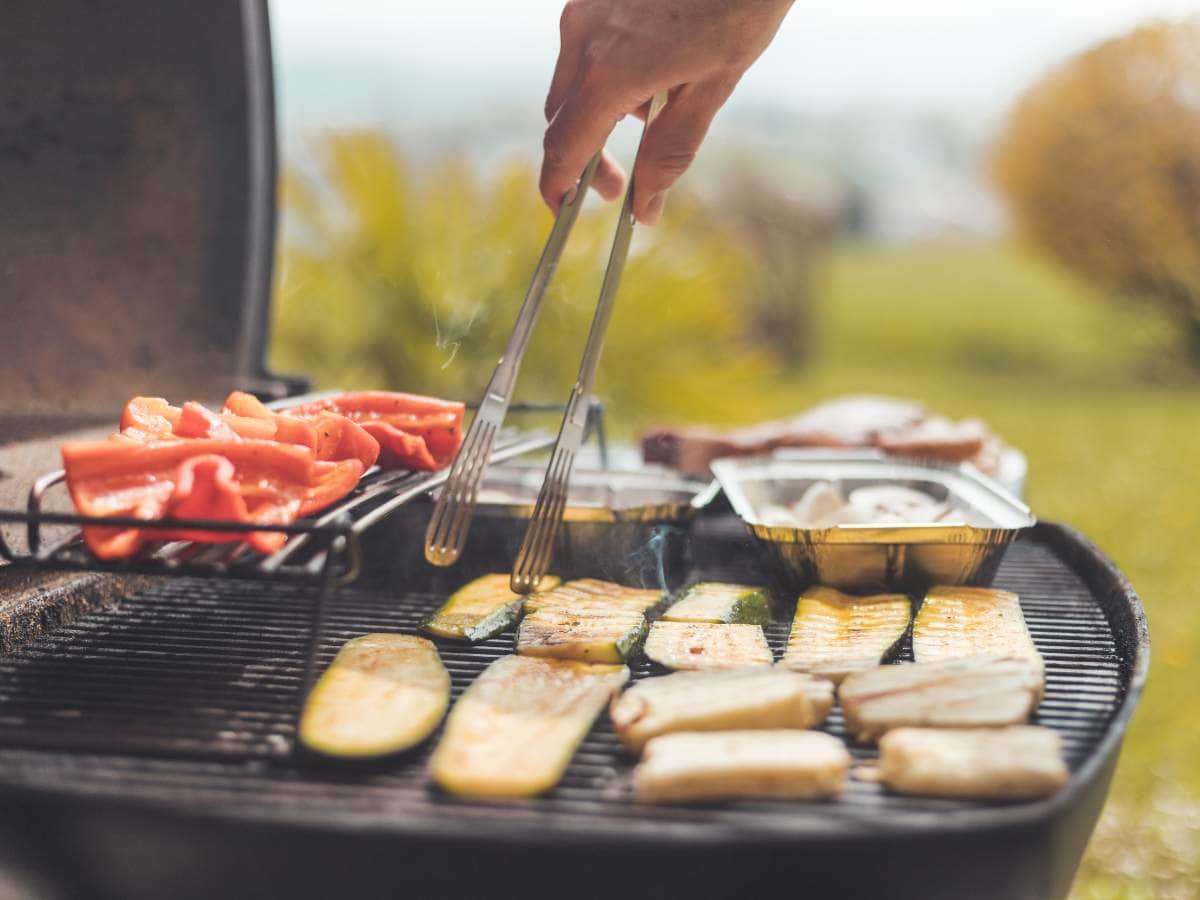
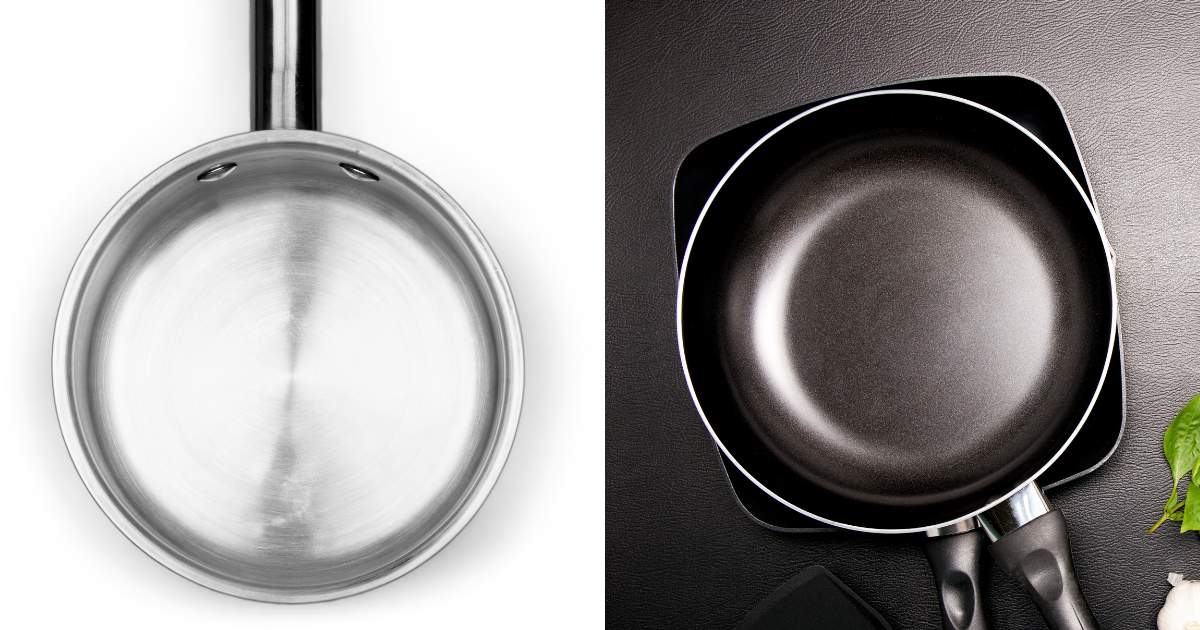
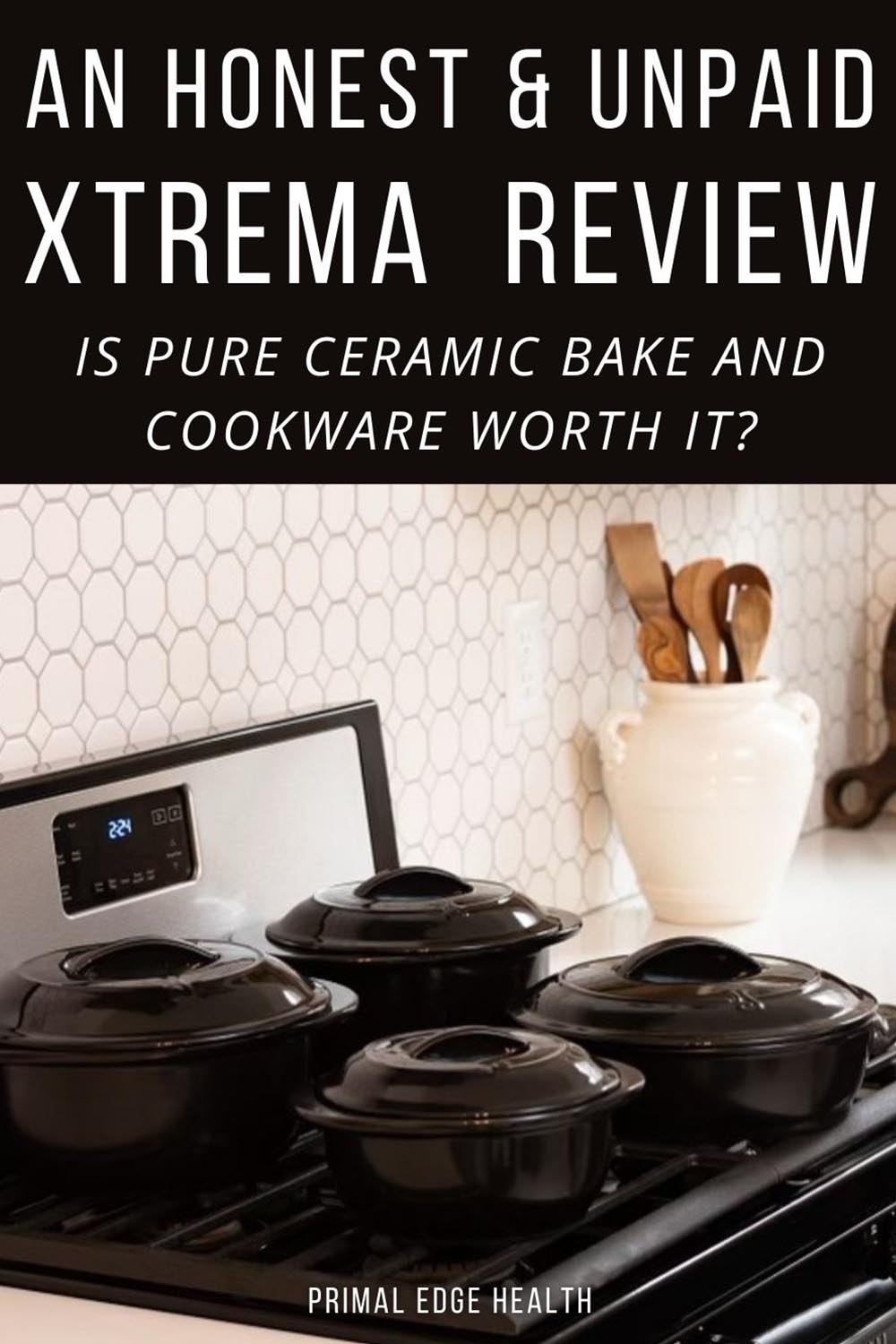
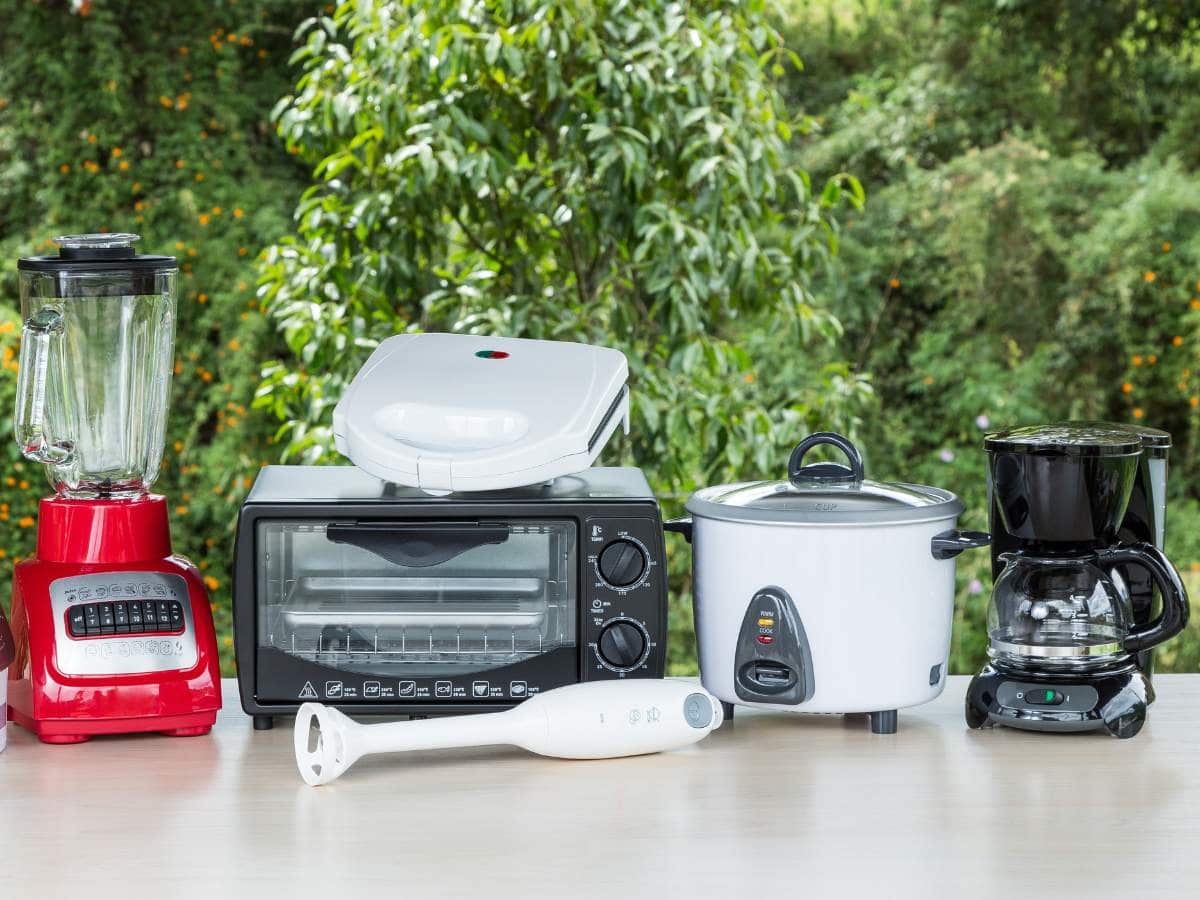
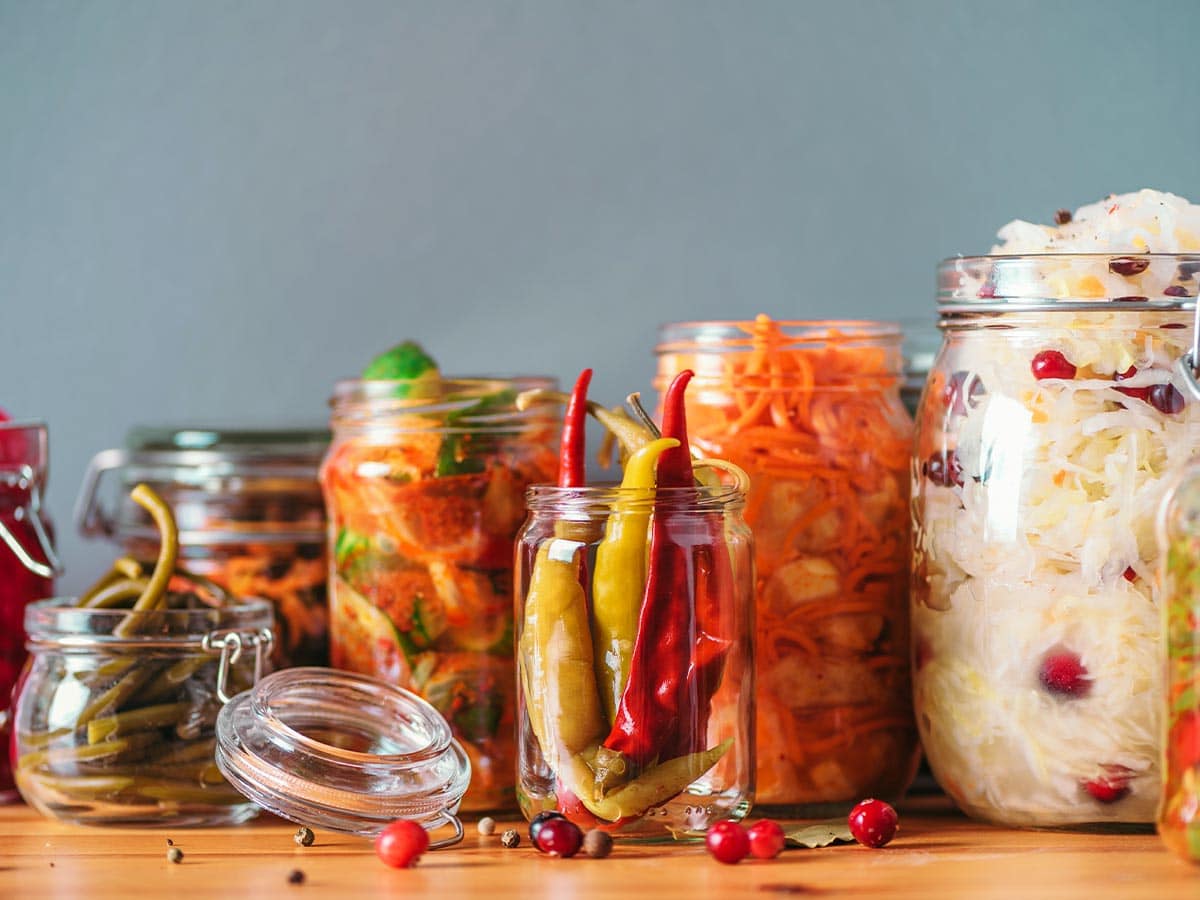
I was one of those people who thought skillet referred to only Cast Iron pans, lol. Thank you for such an informative article. I learned a lot about pans. My go-to pan has always been the stainless steel pan. I cook most my meals in it. I am going to try cooking more often in a cast iron pan now.
Thank you for visiting the post, Ana. I hope you enjoy exploring cast iron cookware. Happy cooking!